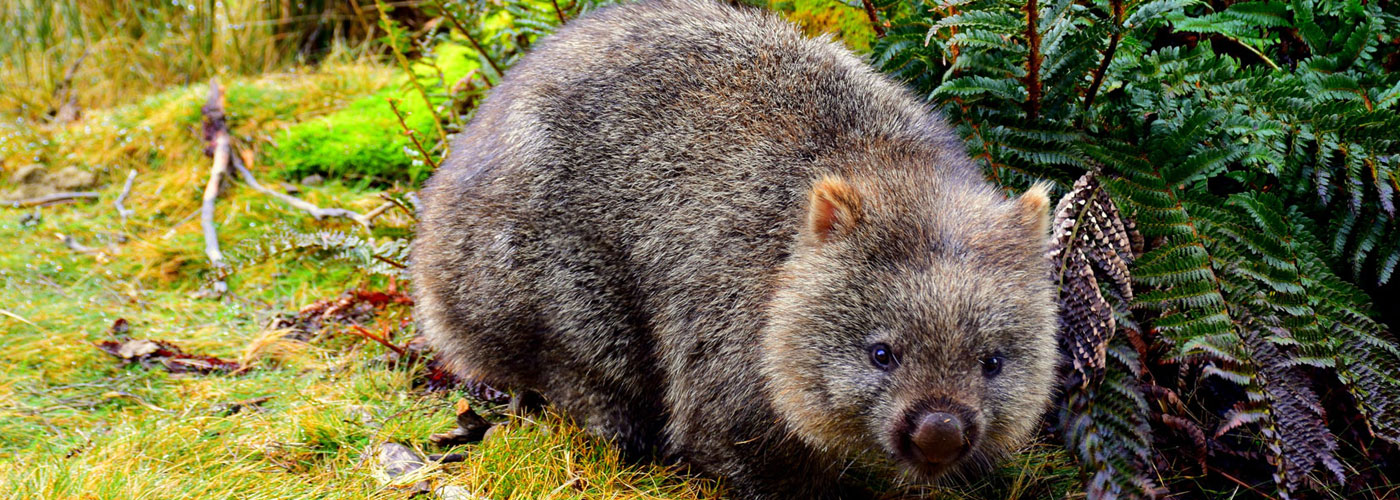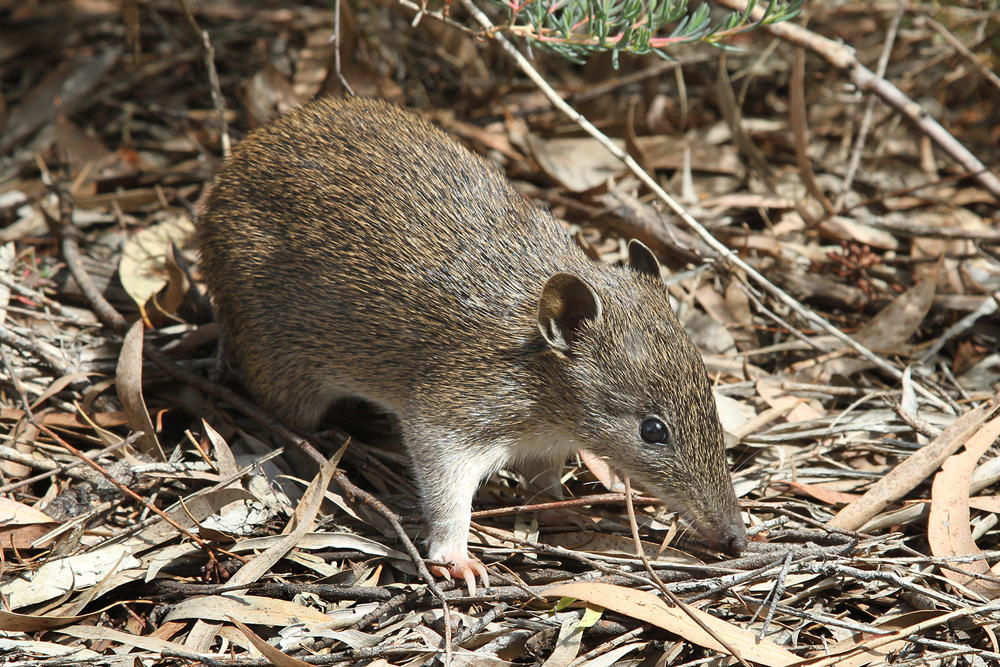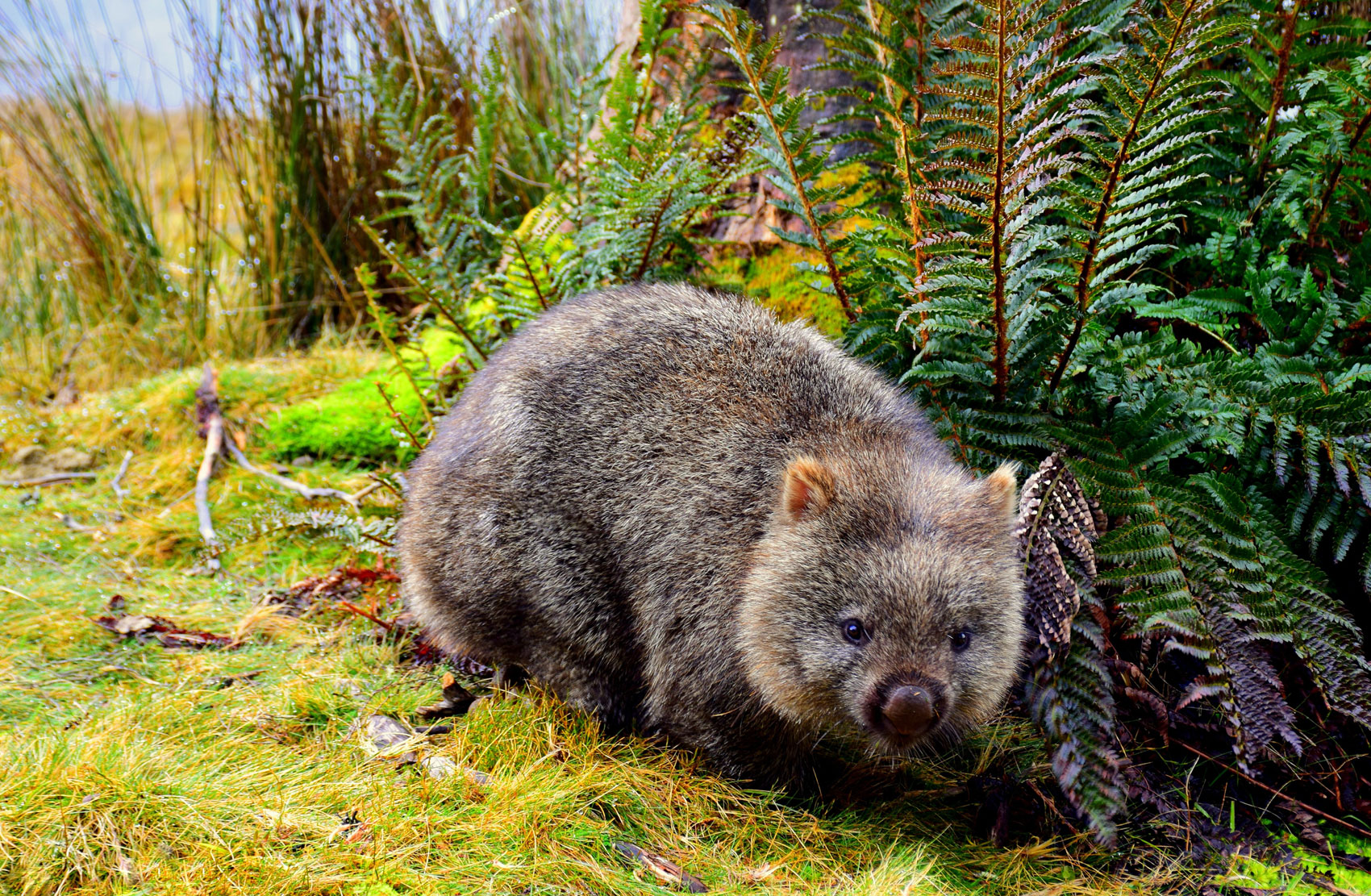BIODIVERSITY
Biodiversity is the degree of variation of life and is a measure of the variety of birds, mammals, reptiles, vegetation and other organisms. Harvesting operations cause disturbance to native forest and plantation biodiversity.
Understandably, many people are concerned by this disturbance, particularly in native forests. Activists opposed to any form of harvesting claim that stopping all harvesting is the only way to ensure many species do not become extinct.
Currently 80 percent of the available public land in NSW (over 7.3 million hectares) is in the parks and reserve system. However, many species with allegedly low populations, including koalas, long- nosed and long-footed potoroos and southern brown bandicoots did not recover as a direct result of expansion of the park estate.
To most people, this might suggest that harvesting is not the only threat and in many cases, is not the major threat to the survival of many “iconic” species. The SETA website will provide information that is not generally covered in mass media and activist campaigns. Management of the forests, rather than land tenure, is usually the most important factor in reversing declining flora and fauna populations.
Iconic species are often used by activists in conservation campaigns. As much of the money raised is spent on salaries and campaign costs, it appears the iconic species such as koalas, are being used as a fund raising tool, under a conservation veneer.
Fifty Years of Conservation Leadership in Australia by Private Land Managers
Over the past 50 years, two people and the organisations they founded have taken a leading role in conservation of threatened species in Australia. The current and former NSW environment ministers have certainly not missed the photo opportunities resulting from great work of the Australian Wildlife Conservancy and its staff.
It is a good time to be reminded that the NPWS claim: “The NSW National Parks and Wildlife Service is undertaking a world-leading project to establish a network of large feral predator-free areas across the national park estate is potentially overstated, when looked at across tenure and from the historical perspective.
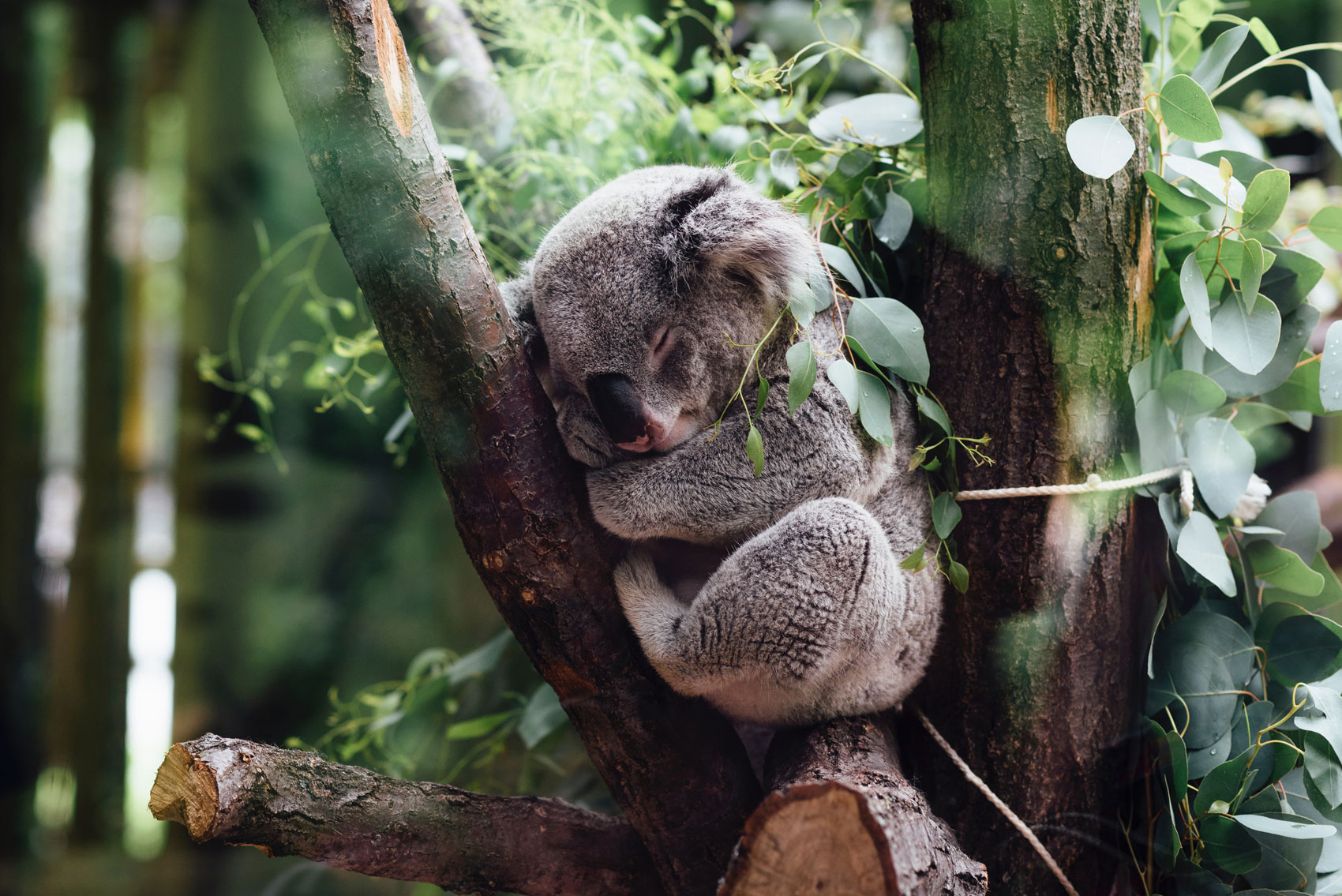
Four New Flora Reserves and Declining Biodiversity
With activist groups successful campaigning for major extensions to the NSW south coast national parks networks, the following two items may help bring some reality to the claims being made by these activists. The Declining Biodiversity item is courtesy of Timber NSW.
Despite increasing evidence that activist campaign successes are failing to bring long term conservation outcomes, too many politicians are failing to think more deeply than the simple solutions offered by campaign slogans.
Koala Campaigns vs Koala Conservation
In the early 1990s, political campaigns to save the remaining local koala populations on the NSW south coast began. This celebrity driven campaign included Bob Brown (father of the Wilderness Society) and Elisabeth Kirkby (star of Number 96). An initial outcome saw the transfer of State forest to the Tantawangalo Koala Nature Reserve. This was done to protect an estimated population of 40 to 45 mature adult koalas in the Devils Creek catchment of the Tantawangalo State forest. This population was said to be the most significant colony in south east NSW.
Last Chance for Koalas NSW – Must Have National Park
The media release at the following link is from 1998 and is an example of the constant stream of scare campaigning used by activists and environmental charities to advocate for more and more national parks.
Koala and biodiversity
NSW Koala State Environment Planning Policy 2019 – Activist Bureaucrat Policy That Will Decimate Biodiversity, Including Koalas
While many NSW farmers and forest industry personnel were out fighting fires and among other things, helping to native fauna, the koala activist bureaucrats in the NSW Department of Planning, Industry and Environment (DPIE), with the support of the NSW Environment Minister Matt Kean, were preparing to implement the new Koala State Environment Planning Policy 2019 (Koala SEPP 2019) on 1 March 2020.
One of the leaders of the koala group in DPIE is an ex Greenpeace climate team leader. This policy is a good example of activist driven environmental policy inflicting social and economic damage on farming and forestry businesses, while failing to deliver sustainable conservation outcomes. The Koala SEPP and Guideline, will make it harder to manage forest fuel levels and consequently, will underpin in the ongoing slaughter of koalas and thousands of other species by wildfire in future.
When will the government call the activist bureaucracy to account? The SETA submission on the Koala Habitat Guideline, which was only opened to broad public consultation after the Koala SEPP 2019 came into force on 1 March 2020 highlights the fundamental flaws in the development of this activist environmental policy.
UPDATE: On 30 November 2020, the NSW Government implemented the first part of Recommendation 1 of the SETA submission, by reverting to SEPP 44. A review of the documents and process, to confirm policy failings identified in the SETA submission is yet to be undertaken.
Koalas in the Murrah and Mumbulla State Forests
The NSW State Government recently announced that all the remaining State Forests between the Bega and Bermagui Rivers will be gazetted as Flora Reserves. According to the Environment Minister, Mark Speakman, the establishment of four new Flora Reserves on the NSW Far South Coast, will provide protection to the last known local koala population. The following report provides information that might cast some doubt on the motive for the decision. If long term protection is to be given to this koala population, the new managers of the reserves may need to think outside their traditional box.
Mission to save Koalas from fires
The Koalas death toll from fires in the state’s Pilliga region could run into hundreds…
Koala State Environment Planning Policy 2019
While many NSW farmers and forest industry personnel were out fighting fires and among other things, helping to native fauna, the koala activist bureaucrats in the NSW Department of Planning, Industry and Environment (DPIE), with the support of the NSW Environment Minister Matt Kean, were preparing to implement the new Koala State Environment Planning Policy 2019 (Koala SEPP 2019) on 1 March 2020.
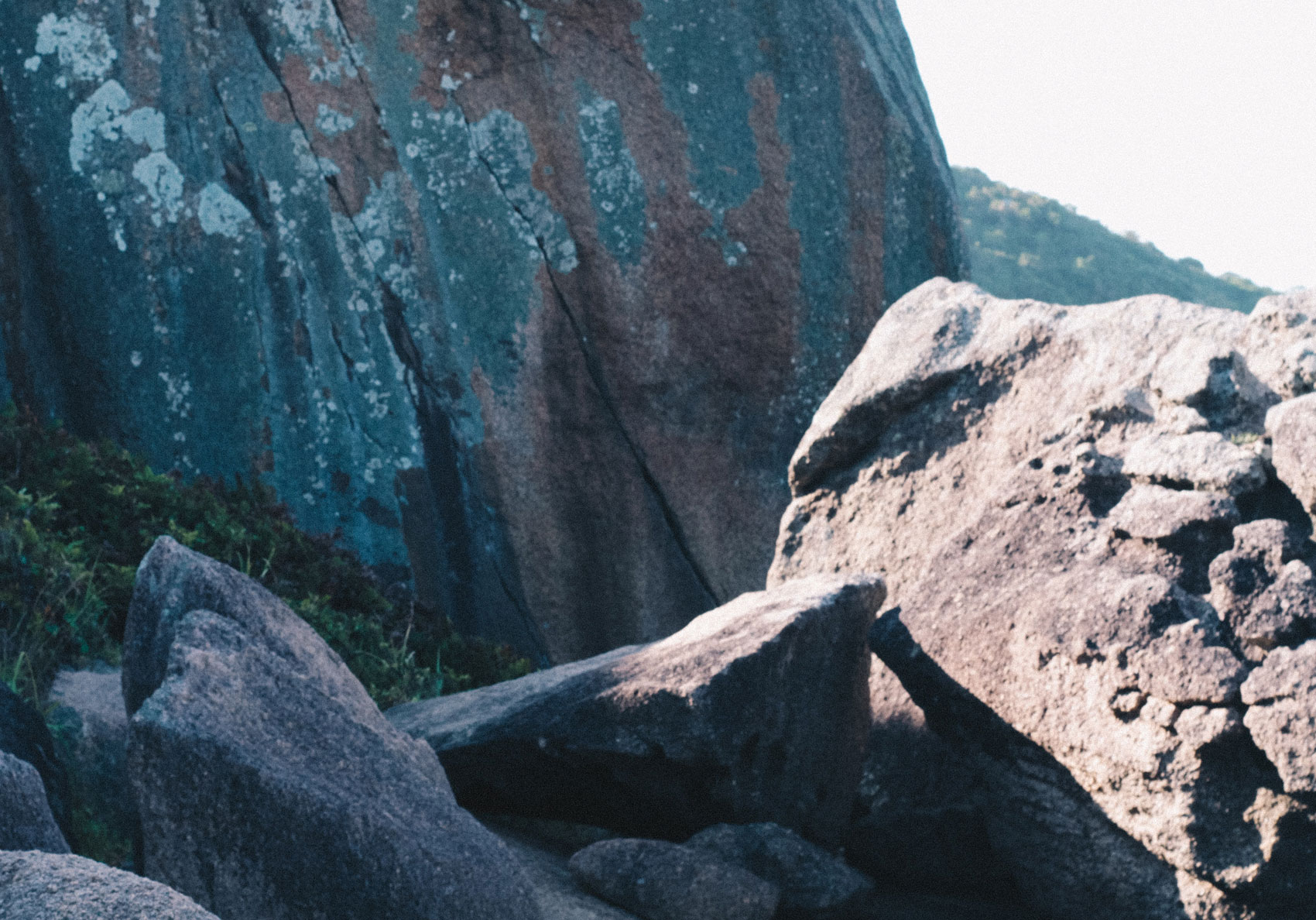
Biodiversity – Rocky Outcrop Documentation
Rocky Outcrops are Landscape Features Not Threatened Species
As the EPA respond to complaints by activist groups with more intense scrutiny, the following paper provides some background on one element of the Eden Threatened Species Licence which is gaining increased compliance scrutiny.
Over the past decade, increasing levels of “protection” have been applied to areas of state forest, referred to as rocky outcrops. SETA has increasing concern that the protection rules do not differentiate between rocky outcrops, which hold special environmental values and generally rocky terrain, which hold values common to broad forest areas. The following paper outlines some of the concerns SETA holds regarding rocky outcrop management, or lack of appropriate management.
BIODIVERSITY & ROCKY OUTCROP ARTICLES
Biodiversity - Long Nosed Potoroos
Reintroduction of Long Nosed Potoroos to Booderee National Park
In 2004, planning commenced to repopulate the Booderee National Park with Long-nosed Potoroos (LNP). The once flourishing population of LNP in the Jervis Bay area had become extinct many years ago….
Potoroos Bounce Back
After planning commenced in 2004, Booderee National Park is welcoming back a small population of Long Nosed Potoroos.
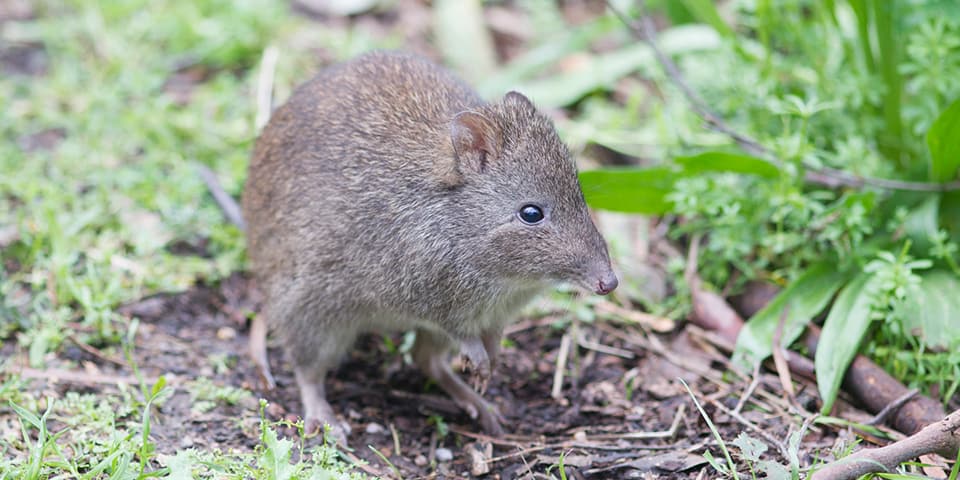
LONG NOSED POTOROOS SUPPORTING ARTICLES
Biodiversity – Southern Brown Bandicoots
Rise in Bandicoot numbers delights ecologists
After commencing an ongoing baiting program across more than 100,000 hectares of State Forests in 2007, Forestry Corporation ecologist Peter Kambouris is recording significant increases in the populations of small mammals including the Southern Brown Bandicoot. Details of the success of this program are provided in an article courtesy of the Eden Magnet newspaper.
Rise in Bandicoot Numbers Delights Ecologists 210213
Bandicoots Thrive in Eden Forests
Seasonal monitoring using remote cameras shows a population of endangered Southern Brown Bandicoots is continuing to thrive in State Forests near Eden….
Southern Brown Bandicoots Thrive in Eden Forests 151214
Why is Good News About Southern Brown Bandicoots Bad News for Forest Activists?
Because good news about the significant increase in Southern Brown Bandicoot (SBB) numbers in the state forests of the Eden management area in recent years presents a threat to the green myth, that harvesting of native forests is the root of all evil.
Biodiversity – Wombat Documentation
Glenbog State Forest Wombats, Lies & Social Media
The following case study and article outlining the use of main stream and social media has been prepared to highlight how activists communicate their dishonest story. Honesty takes a back seat, as much of their success comes from their ability to prey on the ignorance of the general public.
Green Senator Refuses to Provide Evidence to Support Allegations
It has been no surprise to SETA members that Greens Party Senator Janet Rice, after nearly 20 months, has still refused to provide evidence to support her allegation that wombats were buried in the Glenbog State Forest during a harvesting operation. The lack of response certainly highlights the truth of a Bumper Sticker that can still be seen around south east NSW. The sticker simply states “GREENS STILL TELL LIES.” SETA does not expect to get a response, as admitting to one lie would set a nasty precedent for the rest of the Greens Party. A copy of the letter sent to Senator Rice is below.
WOMBAT CASE STUDIES AND SUPPORT DOCUMENTS
Short statement about wombats & biodiversity here

